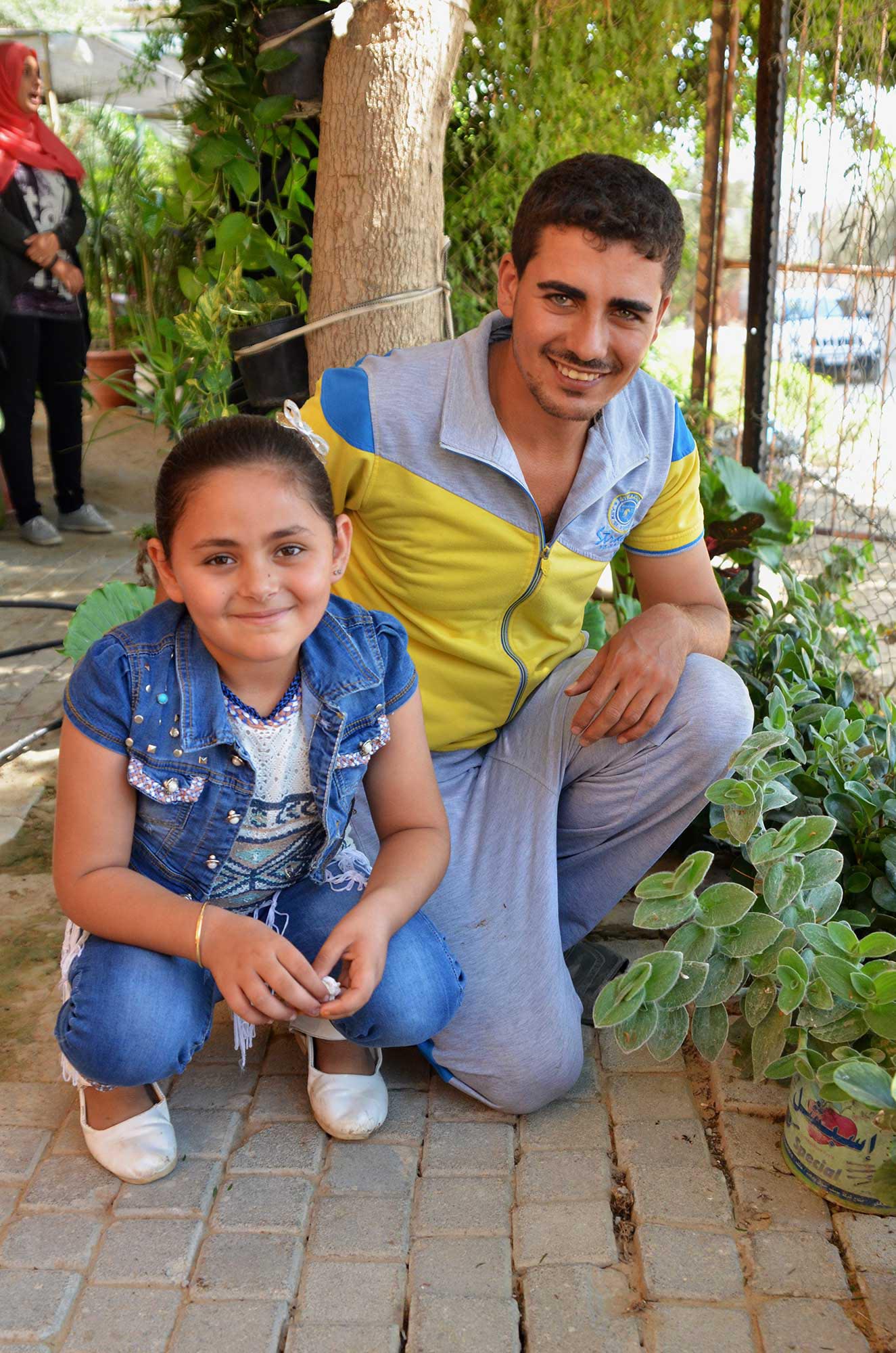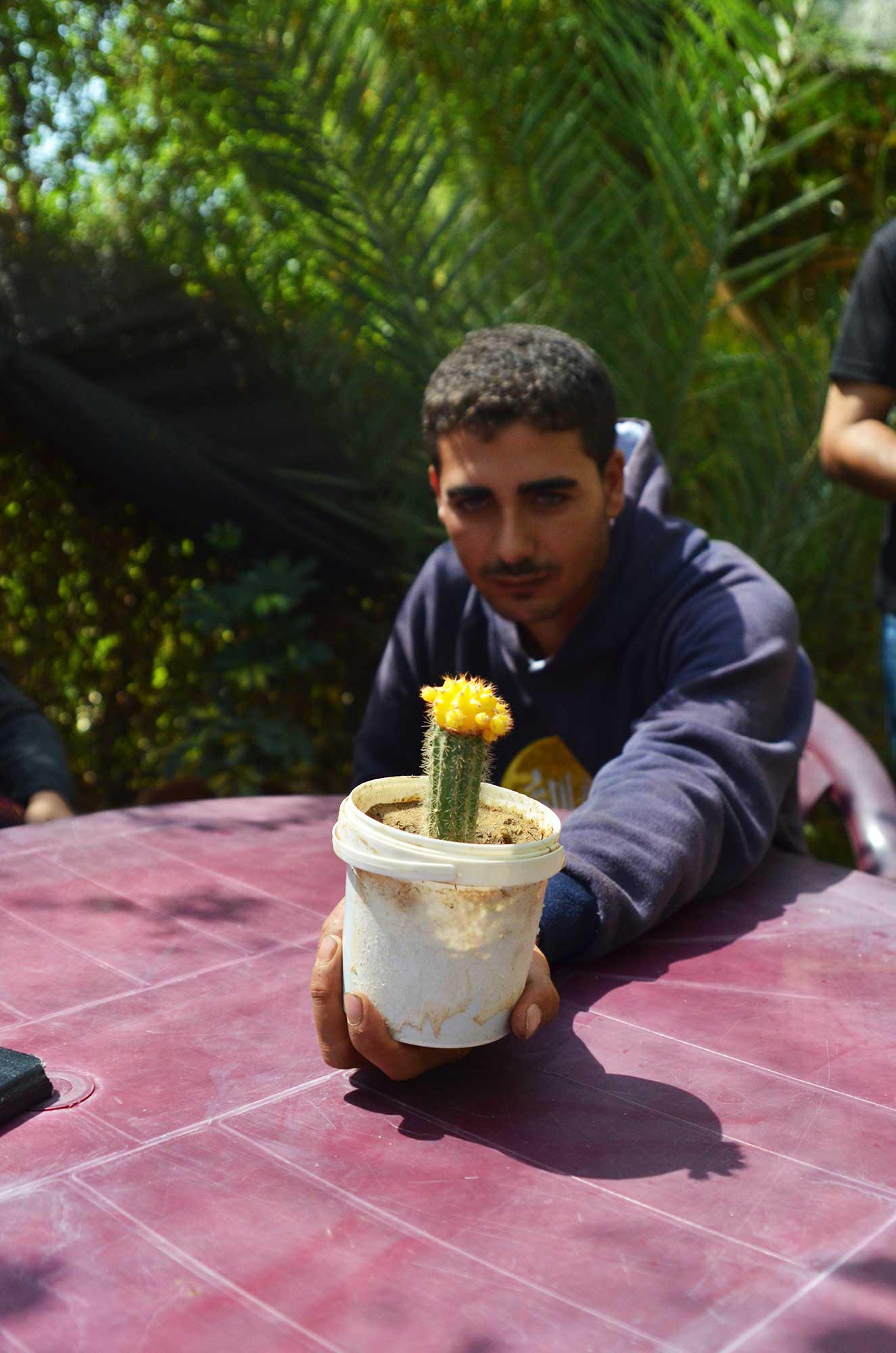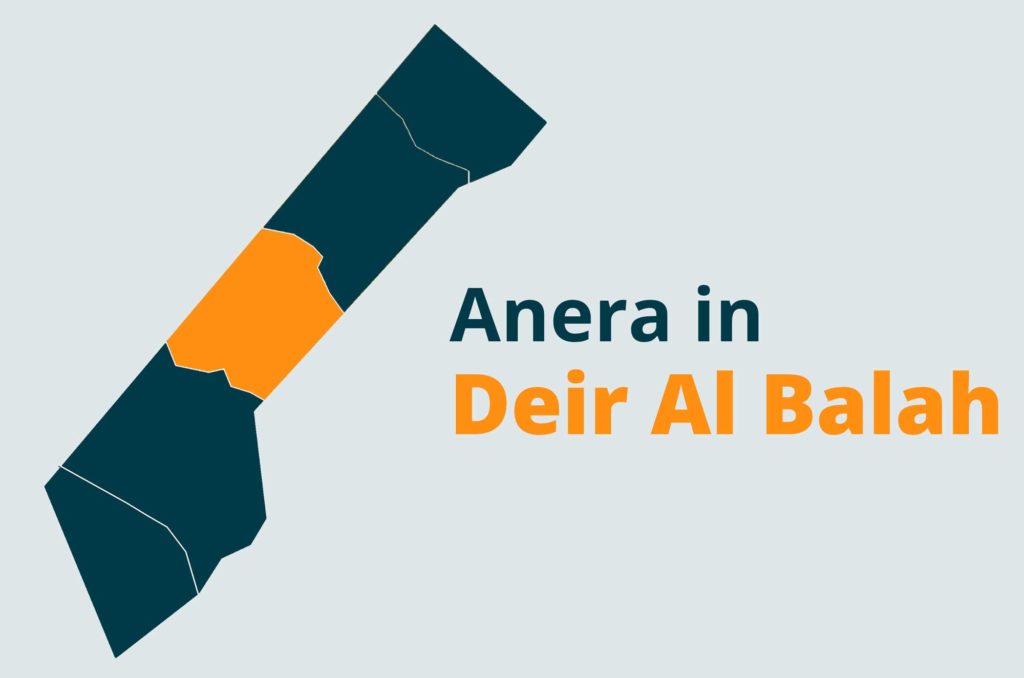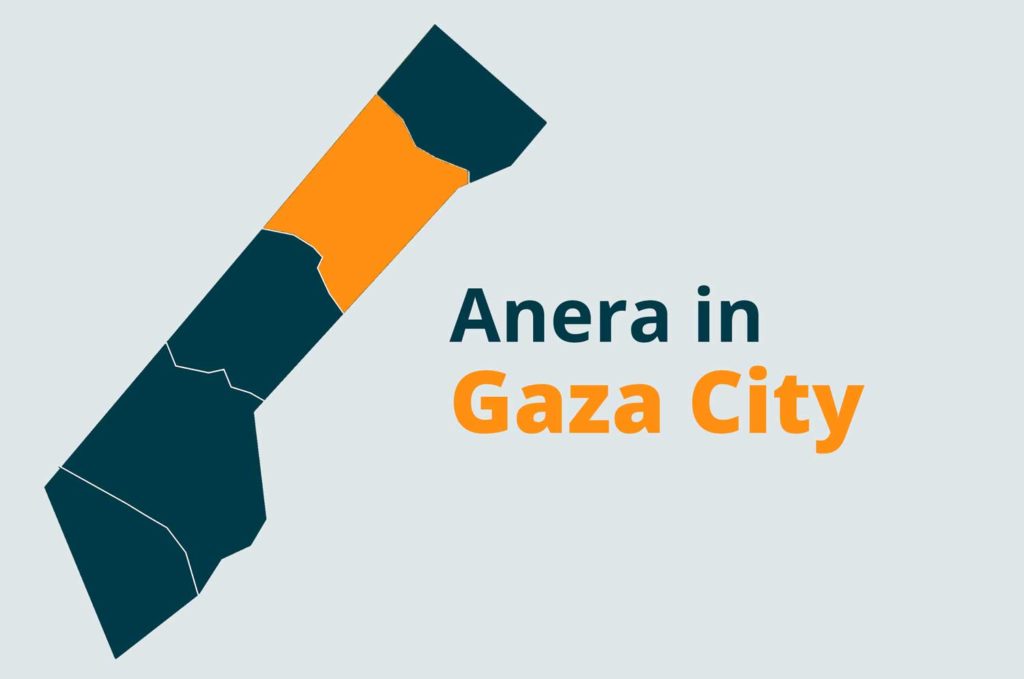Sep, 2016
Saed Al Atar is a young farmer who wants to break new ground in the agricultural business he inherited from his father.


Saed dreams of growing unique plants like yellow cacti in the garden he lovingly cultivates.
However, water is scarce in Saed’s village of Beit Lahia, northern Gaza. This makes maintaining a garden tedious and difficult. “Water is the necessity of living things around us,” he said. “Lack of water makes my plants wither and die.”


"The plants were dying. They were like my children."
Gaza water doesn’t flow all the time and when it does, it’s for short and unpredictable bursts of time. “I used to put the sink plug under my pillow,” said Saed. “Once I heard the sounds in the pipes, I’d jump out of bed in the middle of the night to plug it in, so I could fill my water tanks. But there were times when we only had water for half an hour after three or four days without a drop. ”Because of this unreliable schedule, he’d save water for household cleaning, personal hygiene and cooking.
He recalls the worst times, when his garden was gloomy and dry. “It was heartbreaking to see piles of dry bushes around my house. The plants were dying. They were like my children. I tended to the small buds until they fully grew,” he said.
The Gaza water shortage made Saed’s plant business falter and he fell on hard times financially. He also had to pay high tuition fees for the agronomy classes he takes at a local university. “I had to fill my tank with purchased water twice a week,” he said. “I paid 30 NIS (about $8) each time.”


Gaza Water Wells Need Upgrading and Repairs
Saed gets water from a well that was built in 1974, which makes it one of the oldest of four in Beit Lahia. The well is a lifeline in providing water to 15,000 residents, but it hadn’t received any maintenance until now.
Anera partnered with Islamic Relief USA to rehabilitate and maintain the well, nearly doubling its production capacity. It used to produce 50,000 liters (13,000 gallons) of water per hour, and now over 90,000 liters (24,000 gallons) can flow per hour. Rehabilitation involved the replacement of old mechanical fittings and an overall restructuring of the build of the well. The old pump, which broke down frequently, was also replaced.
There is a growing need for this well’s water as it’s the central provider of water to other reservoirs in the community. The upgrading also included the installation of a chloride monitor unit to keep the water chloride rate in line with World Health Organization standards.
“The new well brings the blessing of more water that is better quality,” said Saed. One day, he dreams of having a nursery and a greenhouse where he can grow an even more abundant garden through irrigation from the upgraded well.


